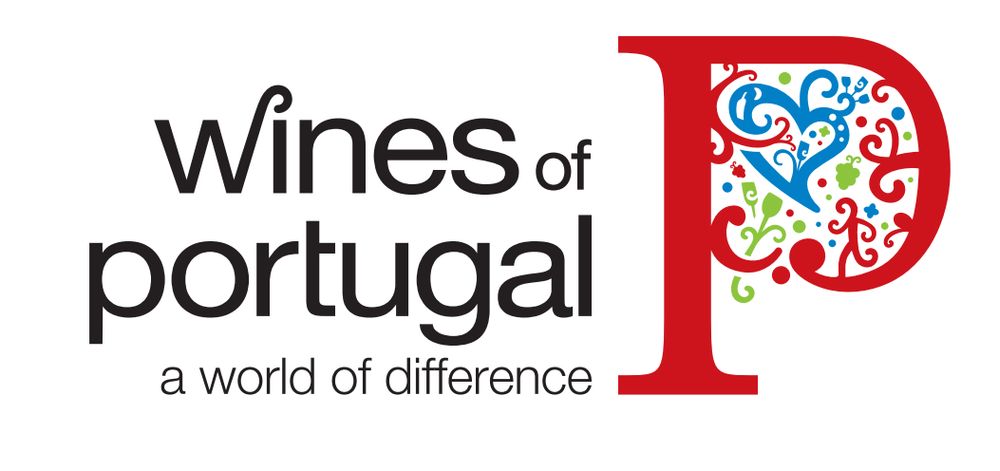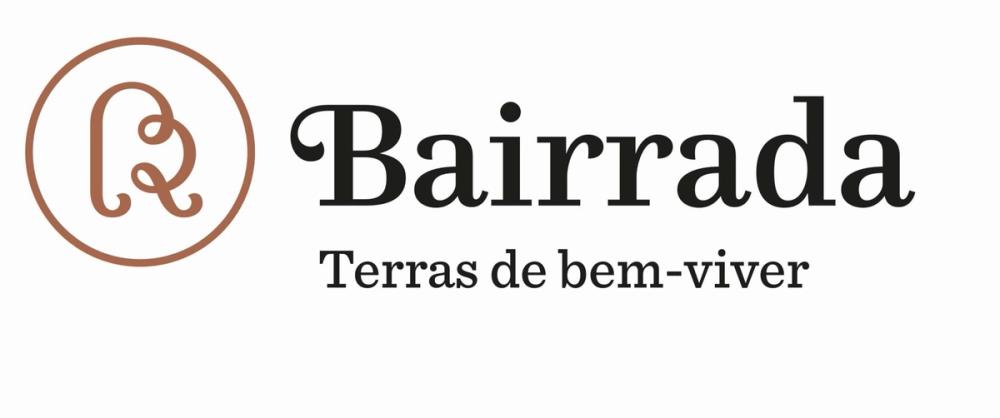With an average plot size of 0.2 hectares Bairrada producers have to make the most of the land and soils that they have and it is that attention to detail that singles out this Portuguese wine region as one for wine buyers to have on their buying radar going into 2022.
It’s not just the French that can lay claim to having terroir to dream of. Wine regions around the world are now looking at the ground and their soils for inspiration. The more you can understand what different plots of land in the same vineyard can do, the better position you are in to make wine that is a real true reflection of the land where it is from.
This is very much the approach in Bairrada in northern Portugual – a DOC since 1980 – where soils and climate have such a bearing on the styles of wine any given producer can make. This is another of Portugal’s wine regions that have both the coastline and and inland mountains as strong influences on its wines. It means its vines enjoy a mostly cool climate, thanks to the strong winds that come in from the Atlantic sea, with plenty of rainfall (up to 1,200mm a year on average) and yet also enjoy the heat and warmth the further inland you go. But as wine cricitic, Jamie Goode, explained on The Buyer last week, it is Bairrada’s mix of clay, limestone and sandy soils that really help its best wines sing with what the region is all about. They clearly all combine well with the key indigenous grape varieties of the region Baga (around 75% of its production), Castelão and Rufete to make solid, red wines.
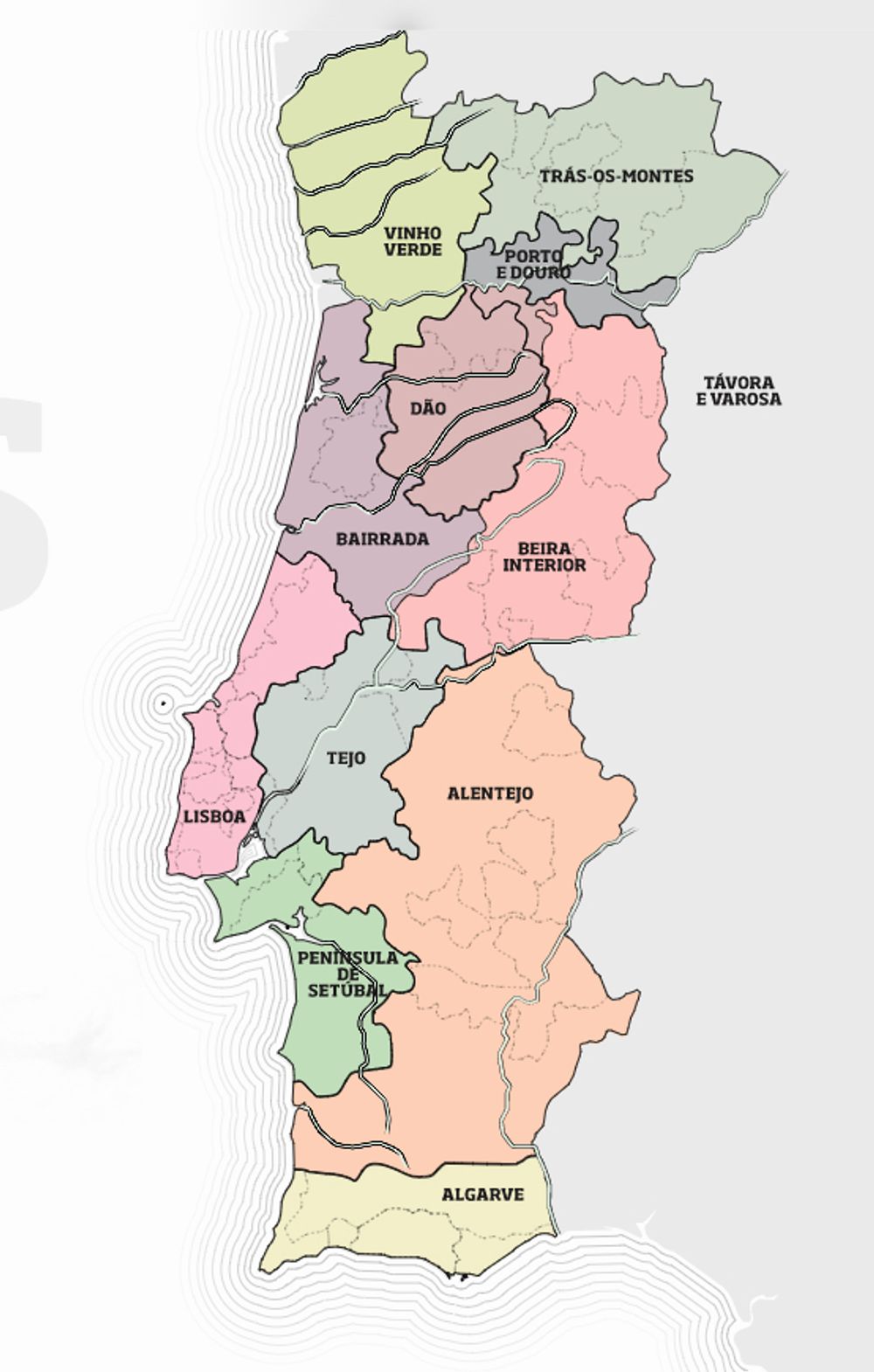
Bairrada is starting to emerge as one of Portugal’s new stars
Baga’s small berries and thick skins help make deep intense wines, high in tannins, and it is not unusual for producers to use varieties such as Merlot, Cabernet and Touriga Nacional to help soften and give their wines a bit more elegance. The region also produces some white wines mainly using the local Fernao Pires and Bical varieties.
To help give you a quick over view of the type of wines available from the region The Buyer has picked out seven producers, along with the distributors they are working with in the UK. If you would like to sample any of these wines then please contact the importers directly.
Producer Profiles
Adega de Cantanhede
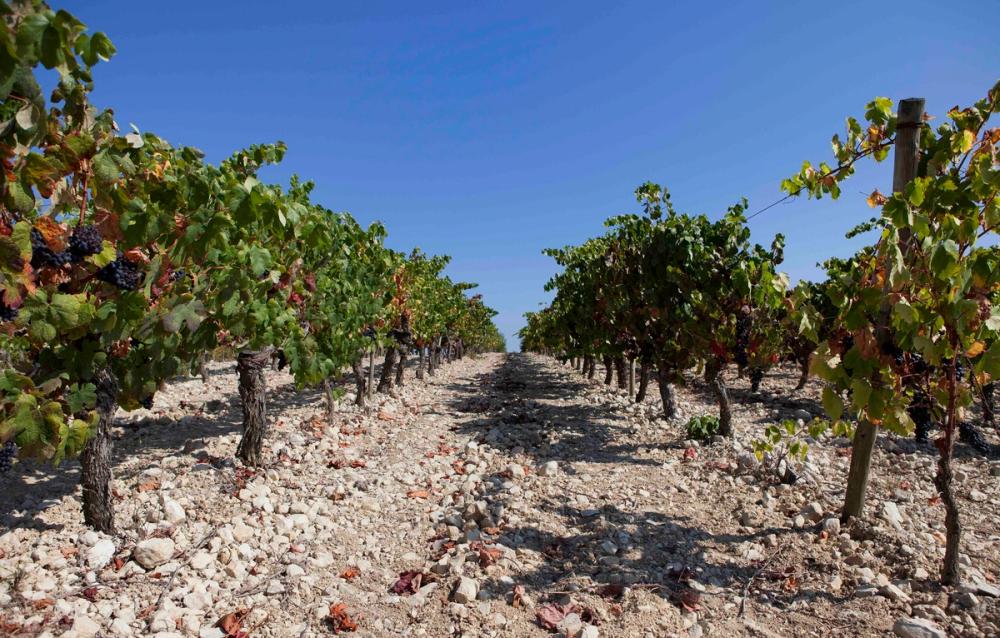
Adega de Cantanhede is responsible for over a third of the region’s wine production
Adega de Cantanhede is a cooperative that was established in 1954 by a group of 100 farmers. Today, the cooperative works with 500 winegrowers who contribute between 6 to 7 million kilos of grapes a year. Adega de Cantanhede is one of the largest producers in Bairrada, and accounts for around 30% to 40% of the region’s production. 80% of its production as Bairrada DOC and IGP Beira Atlantico. The cooperative predominantly vinifies native varieties such as Baga, Bical, Maria-Gomes as well as TourigaNacional, Aragonez and Arinto among others. Osvaldo Amado has been the chief winemaker of the cooperative since 2011.The winemaker, Osvaldo Amado, has been head winemaker at the cooperative since 1991.
Marquês de Marialva Colheita Seleccionada 2018 is seeking distribution
Aliança
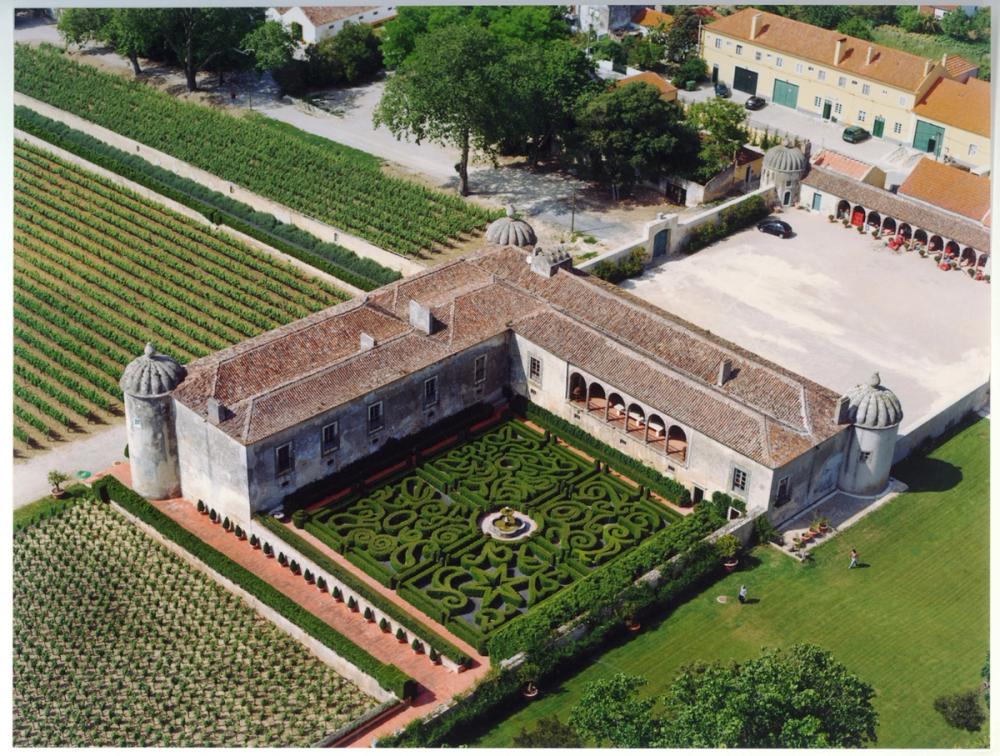
Alianca’s range of mid priced approachable wines are imported by Boutinot
Aliança is one of Portugal’s largest producers, with 600 hectares of vines and estates spread across the Douro, Dão, Bairrada and Alentejo. The head winemaker is Francisco Antunes, who is dedicated to making high quality mid-priced wines from predominantly indigenous varieties such as Baga, Tinta Roriz and Touriga Nacional. Antunes oversees one of the most diverse ranges in Europe, stretching from the third largest Portuguese rose brand (Casal Mendes) to a selection of some of the most exquisite reds the region has to offer. Aliança looks to offer a range of mid-priced wines from native varieties, that are full of character, quite distinctly Portuguese, but at the same time approachable and with fresh, modern fruit.With the Bacalhao group being regularly checked for its ethical, social and environmental work, Alianca always has a focus on sustainability too.
Aliança Bairrada Reserva 2018 is imported by Boutinot
Luis Pato
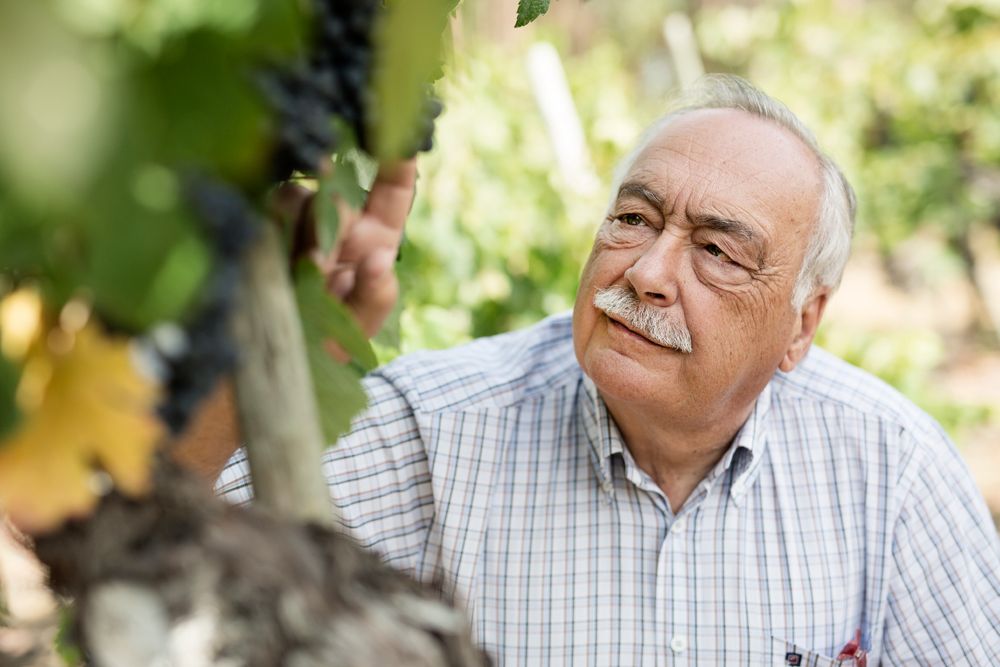
Luis Pato is regarded as one of the leading influences in Bairrada
Luis Pato’s father was the first producer to estate bottle wines after the Bairrada DOC was first established, and Luis has been making wines here since 1980. Along with Niepoort, Luis Pato is one of the most iconic Bairrada producers, working with the white varieties Bical and Maria Gomes, as well as the red Baga grape. He has 60 hectares of vines planted on clay and sandy soils and produces both still and sparkling wines. As Jamie Goode said on The Buyer last week he is instrumental in starting many of the wine practices now common in the region, particularly green harvesting and destemming Baga, its key grape variety. Goode says he is producing “terroir-driven representations of this fascinating region”.
Luis Pato Vinhas Velhas Branco 2020 is imported by Raymond Reynolds
Niepoort
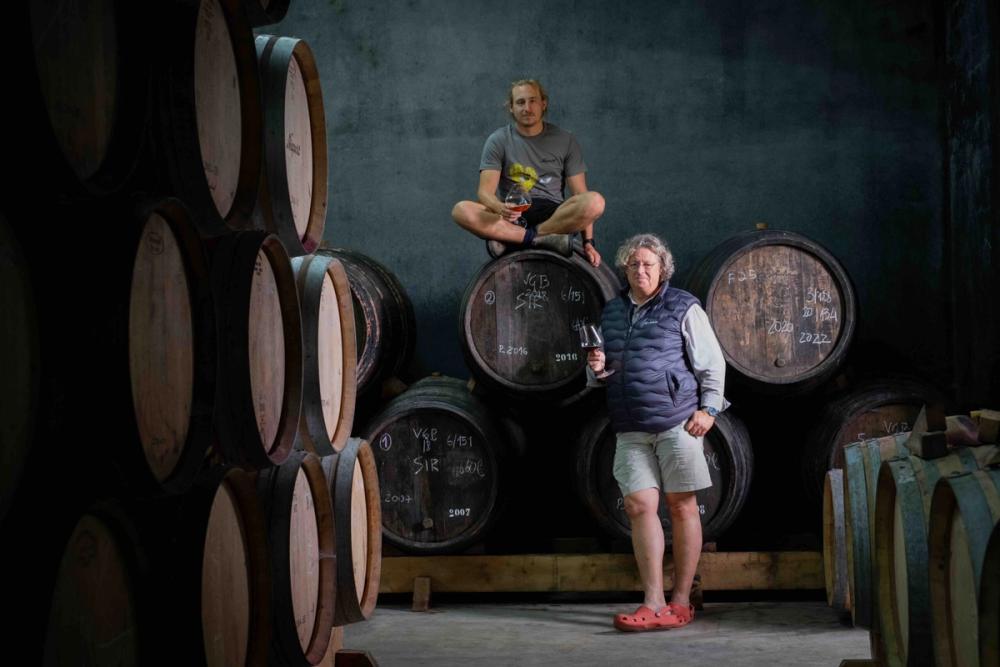
Dirk Niepoort, standing, says he believes Bairrada might have the best terroir in Portugal
Niepoort Vinhos first started out as a Port house in 1842, and is now in its fifth generation of ownership, run by Dirk Niepoort. Today, Niepoort is internationally renowned for both its Port and unfortified wines. All of its port is made exclusively at the old Museu de Legarees in Vale de Mendiz, which has the only circular granite lagares in the Douro. With vineyards in Douro, Dão, and Bairrada, the winery still uses traditional and artisanal methods and works with co-planted old vineyards and Bairrada’s most famous red variety, Baga. The soils are predominantly schist, granite, clay and limestone. Niepoort established itself in the region when it bought Quinta de Baixo in 2012. As Jamie Goode wrote on The Buyer: “He is a believer in Baga from chalky soils, and he makes the wine in an uncompromising way, with low extraction and ageing – often for a long time – in large format oak. His whites have also been stunning.”
Niepoort Nat Cool Drink Me 2020 is imported by Raymond Reynolds
Quinta da Aguieira
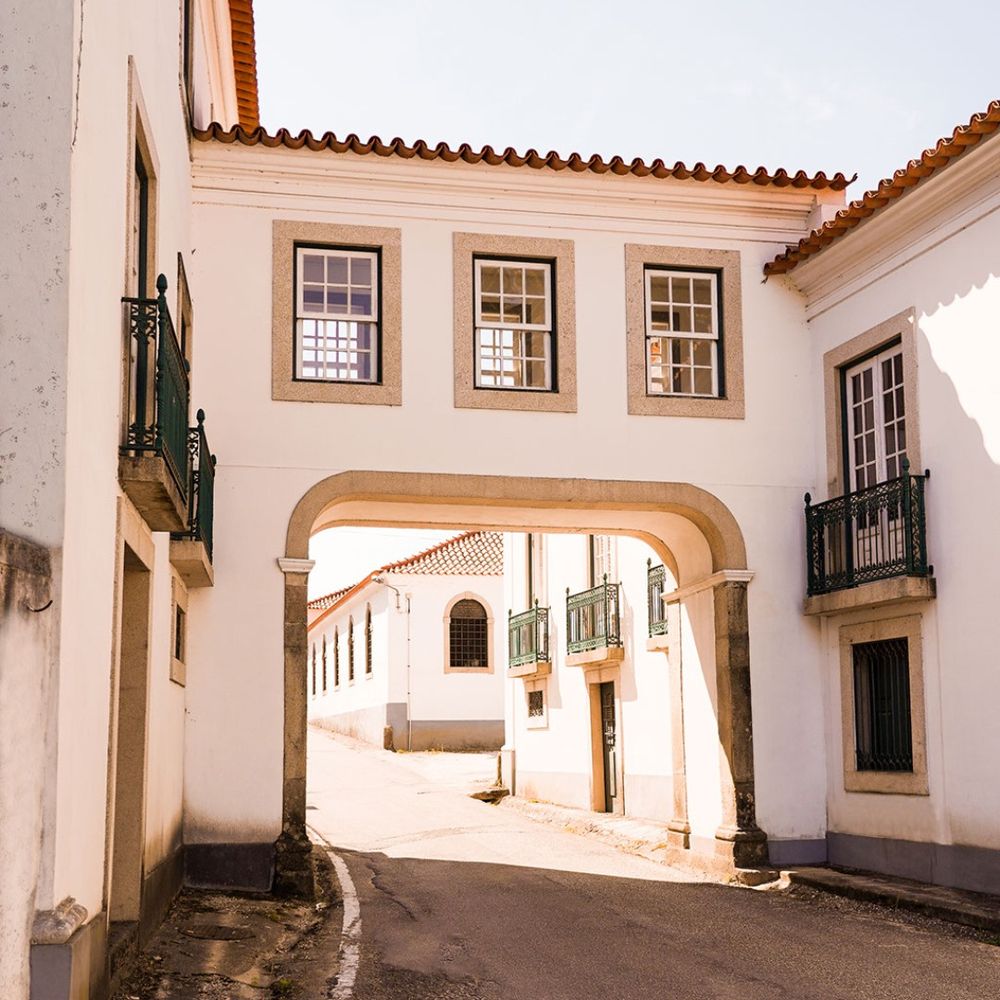
Quinta da Aguieira
The Quinta da Aguieira (Aveleda) company has been operating for over three centuries in Bairrada. In 1997 the Aveleda company acquired Quinta da Aguieira in Águeda. The Quinta has 21 hectares of vines and produces 115 litres of wines; white, red and sparkling. The estate is 25km from the Atlantic Ocean and has a diversity of micro-terroirs made up of alluvial river deposits and sub-soils of pebbles, sand and clay. They work with white varieties Maria Gomes, Chardonnay, Rabo de Ovelha and Bical, and red varieties, Touriga Nacional, Cabernet Sauvignon, and Tinta Roriz. Manuel Soares has been the Winemaker at Quinta d’Aguieira for over 20 years.He received the award for the Best Young Oenolgoist of the Year in Portugal in 2010.
Arco d’Aguieira by Aveleda 2016 is imported by Portugalia
Regateiro Lusovini
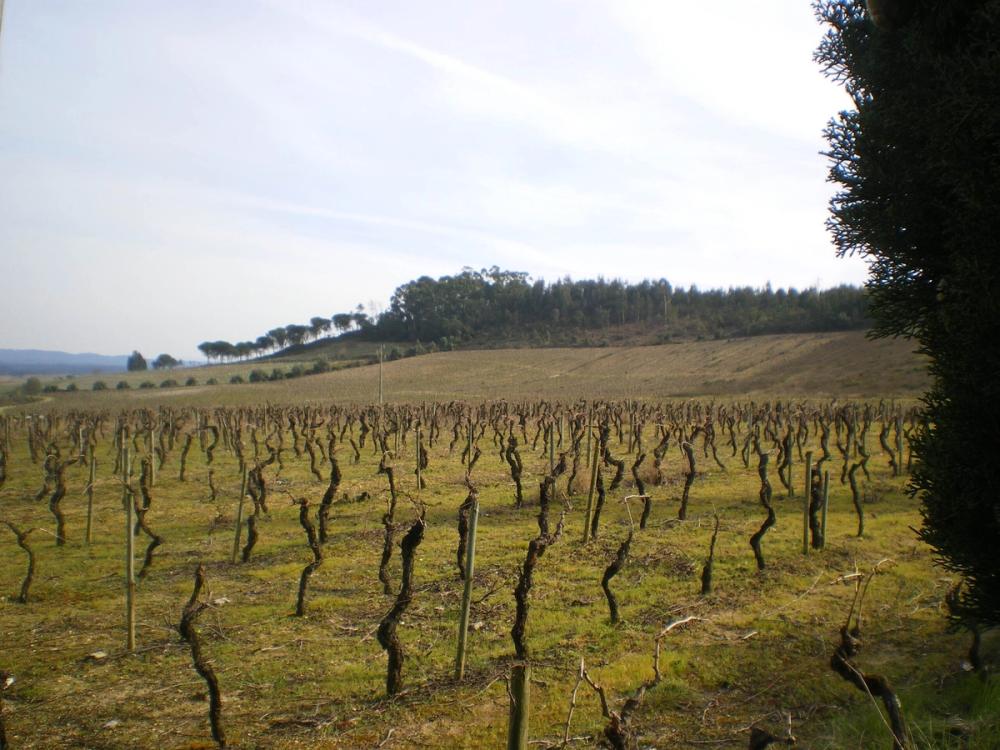
Regateiro Lusovini produces both still and sparkling wines
The Regateiro Lusovini project was first established by Bairrada born winemaker Manuel Gomes Regateiro Jr. After spending some time in France Regateiro returned home to embrace the Bairrada terroir. Today his grandson Casimiro carries on his legacy, and produces still and sparkling wines from native varieties such as Bical, Maria Gomes and Baga on largely clay soils.
Aplauso Bairrada DOC Bruto 2016 is imported by Amathus
Vadio
Vadio is an organic estate founded in 2005 by Luís Patrão, a Bairrada native, and his wife Eduarda Dias. The vines grow in four distinct vineyard blocks, and are carefully managed and sustainably farmed by the family – Luis’s father, Dinis, who heads up viticulture, says himself: “If I do not visit the vineyard for one day, it is not a good day”. While the reds are made from the flagship variety Baga, the whites are made from from Bical and Cercial. The soils are predominantly sandy and rich in clay-limestone, producing fresh and vibrant expressions of Bairrada terroir.
Vadio Branco 2020 is imported by Bibendum.
